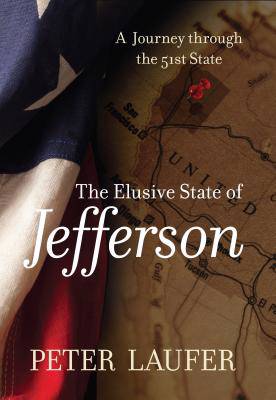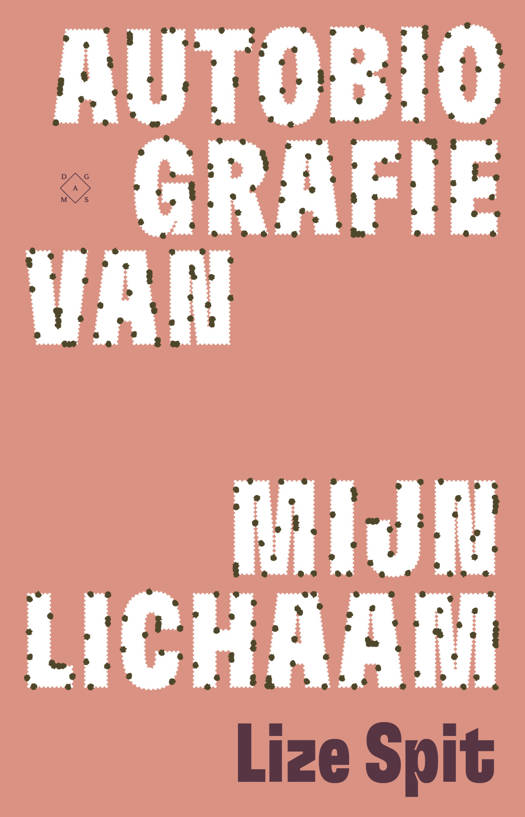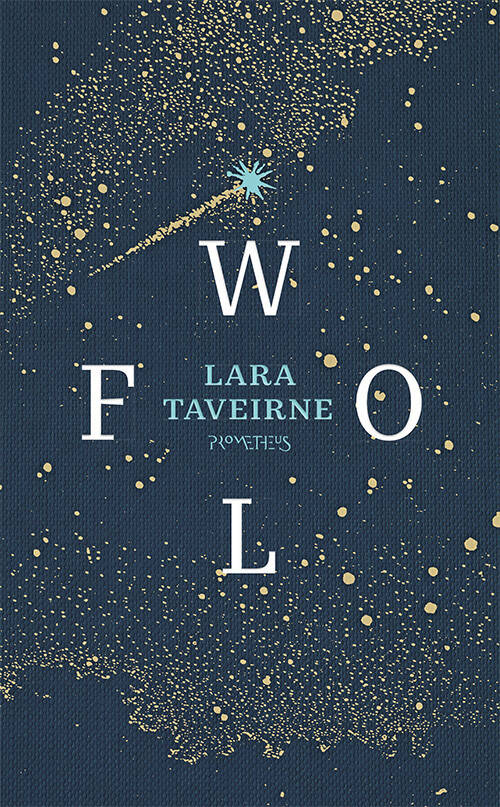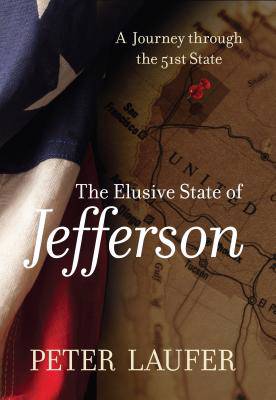
Bedankt voor het vertrouwen het afgelopen jaar! Om jou te bedanken bieden we GRATIS verzending aan op alles gedurende de hele maand januari.
- Afhalen na 1 uur in een winkel met voorraad
- Gratis thuislevering in België
- Ruim aanbod met 7 miljoen producten
Bedankt voor het vertrouwen het afgelopen jaar! Om jou te bedanken bieden we GRATIS verzending aan op alles gedurende de hele maand januari.
- Afhalen na 1 uur in een winkel met voorraad
- Gratis thuislevering in België
- Ruim aanbod met 7 miljoen producten
Zoeken
€ 20,95
+ 41 punten
Omschrijving
By 1941, a nascent statehood movement began to coalesce into an active and explicit secession campaign seeking to carve from Northern California and Southern Oregon a new State of Jefferson. Yreka, California, home of the secession movement, was named the temporary state capital. Local proponents, Members of the State of Jefferson Citizens Committee, began to stop traffic along Highway 99 at armed roadblocks to pass out political broadsides - their Proclamation of Independence. And, in December of that year, Judge John Childs of Crescent City, California, was elected the first Governor of the State of Jefferson.
The United States' entry into World War II just days later interrupted this growing movement. News of the bombing of Pearl Harbor replaced the planned coverage of Child's election and overshadowed Jeffersonians perceived marginalization with a national sense of unity. But today what often is referred to as the mythical State of Jefferson remains as both an emblem of the north counties' frustrations and as a cultural signifier that differentiates the region from the rest of California and the nation.
Through interviews with residents and travels through the region, Laufer reveals the story of what could have been and the identity of the region that remains even more than sixty years after the apex of the movement.
The United States' entry into World War II just days later interrupted this growing movement. News of the bombing of Pearl Harbor replaced the planned coverage of Child's election and overshadowed Jeffersonians perceived marginalization with a national sense of unity. But today what often is referred to as the mythical State of Jefferson remains as both an emblem of the north counties' frustrations and as a cultural signifier that differentiates the region from the rest of California and the nation.
Through interviews with residents and travels through the region, Laufer reveals the story of what could have been and the identity of the region that remains even more than sixty years after the apex of the movement.
Specificaties
Betrokkenen
- Auteur(s):
- Uitgeverij:
Inhoud
- Aantal bladzijden:
- 256
- Taal:
- Engels
Eigenschappen
- Productcode (EAN):
- 9780762788361
- Verschijningsdatum:
- 1/10/2013
- Uitvoering:
- Paperback
- Formaat:
- Trade paperback (VS)
- Afmetingen:
- 153 mm x 230 mm
- Gewicht:
- 367 g

Alleen bij Standaard Boekhandel
+ 41 punten op je klantenkaart van Standaard Boekhandel
Beoordelingen
We publiceren alleen reviews die voldoen aan de voorwaarden voor reviews. Bekijk onze voorwaarden voor reviews.












